Reportar esta entrada
Más sobre la misma comunidad-colección
Congregation at Presumed Destiny Family Christian Center
Congregation at what is presumed to be Destiny Family Christian ...
Couple in front of Christ Cathedral
Photo of a couple standing in front of the Christ Cathedral New ...
Congregation at Presumed Destiny Family Christian Center, 1995
Congregation at what is presumed to be Destiny Family Christian ...
Congregation at Presumed Destiny Family Christian Center
Congregation at what is presumed to be Destiny Family Christian ...
Congregation at Presumed Destiny Family Christian Center
Congregation at what is presumed to be Destiny Family Christian ...
Preacher at Destiny Family Christian Center
A Preacher speaking to his congregation at Destiny Family ...
Speaker at Presumed Destiny Family Christian Center
A woman speaking at what is presumed to be Destiny Family ...
Speaker at Presumed Destiny Family Christian Center
A man speaking at what is presumed to be Destiny Family ...
Members of Presumed Destiny Family Christian Center
A group picture of members of what is presumed to be Destiny ...
Members of Presumed Destiny Family Christian Center
A group photo of members of what is presumed to be Destiny ...
Congregation at Presumed Destiny Family Christian Center
Congregation at what is presumed to be Destiny Family Christian ...
Congregation at Presumed Destiny Family Christian Center
Congregation at what is presumed to be Destiny Family Christian ...
Christ Cathedral New Life Worship Center
Exterior shot of the Christ Cathedral New Life Worship Center. ...
Congregation at Presumed Destiny Family Christian Center, 2008
Congregation at what is presumed to be Destiny Family Christian ...
Children Congregated at Presumed Destiny Family Christian Center
Children's congregation at what is presumed to be Destiny Family ...
Man at Formal Dinner at Presumed Destiny Family Christian Center
A man having a formal dinner at what is presumed to be Destiny ...
Congregation at Presumed Destiny Family Christian Center
Congregation and choir at what is presumed to be Destiny Family ...
Congregation at Presumed Destiny Family Christian Center, 2008
Congregation at what is presumed to be Destiny Family Christian ...
Members of Presumed Destiny Family Christian Center
Members of what is presumed to be Destiny Family Christian ...
Congregation at Presumed Destiny Family Christian Center
Congregation at what is presumed to be Destiny Family Christian ...

















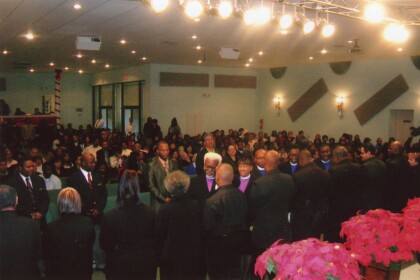
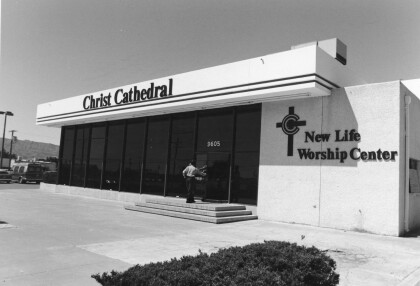
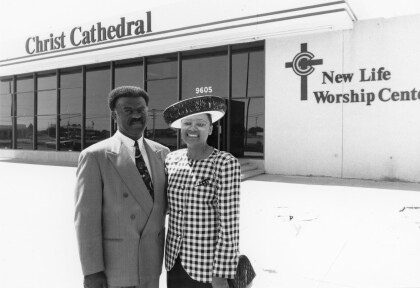

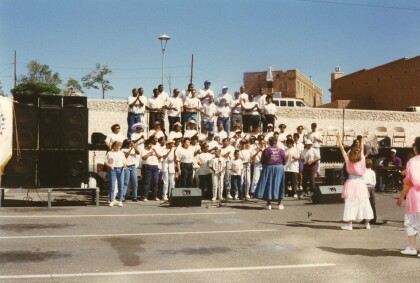
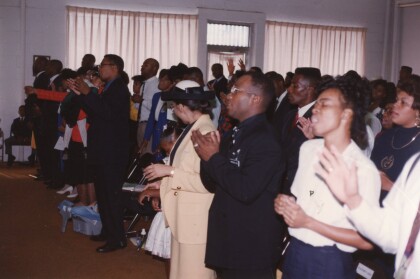
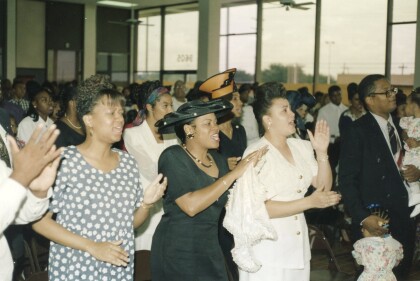
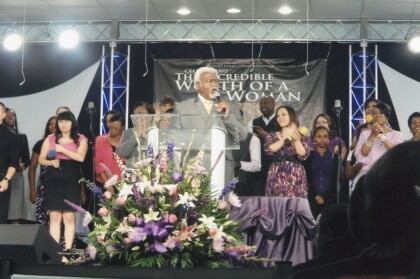

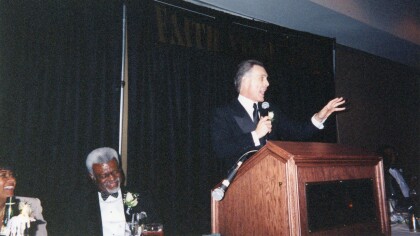
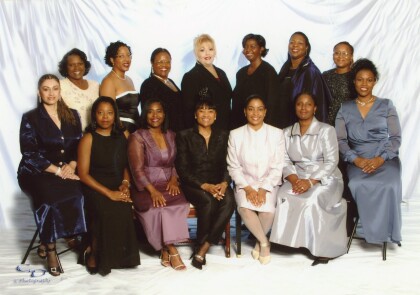
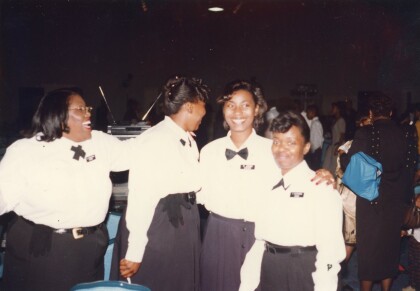
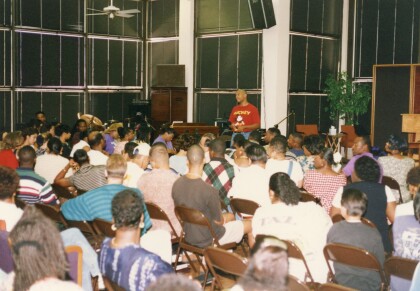
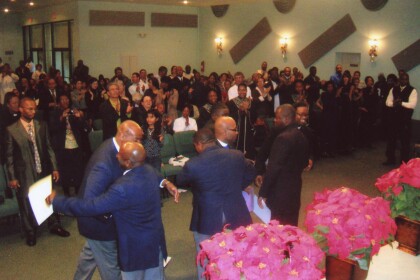
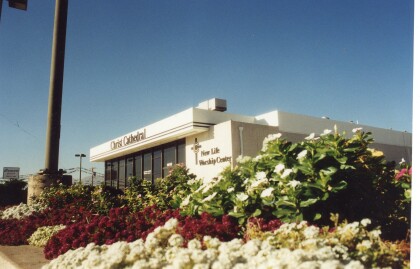
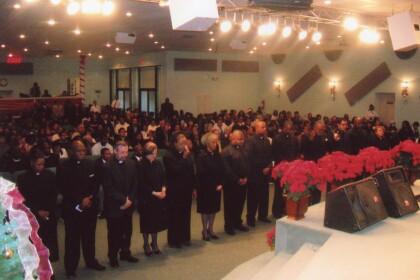
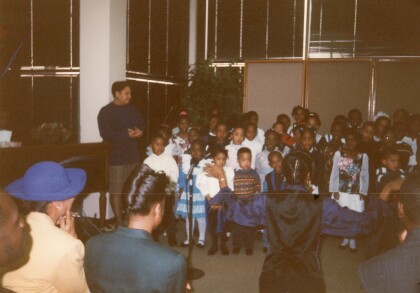
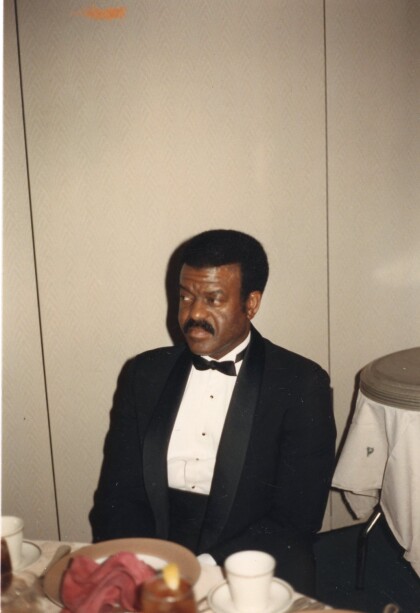
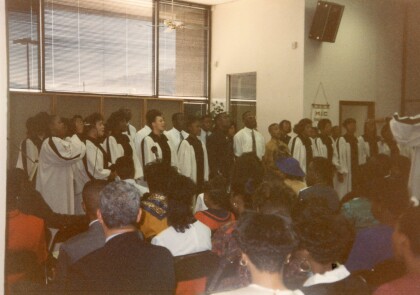
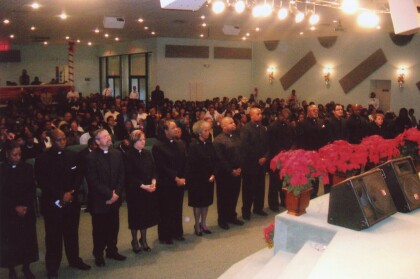
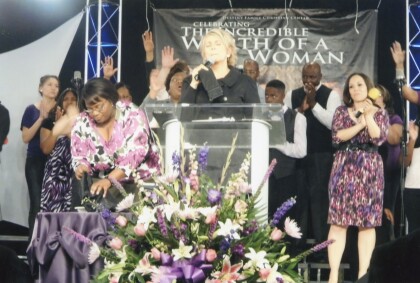
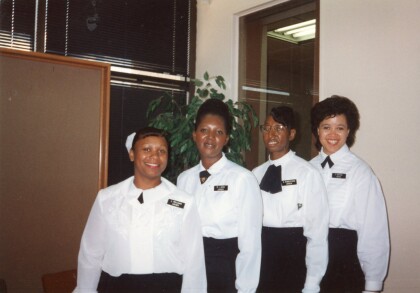
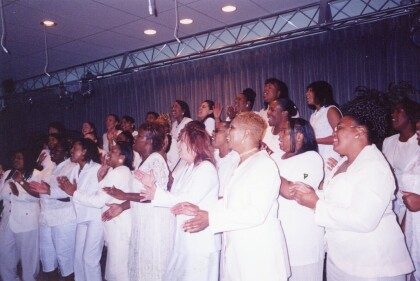
Comentarios
Hacer un comentario